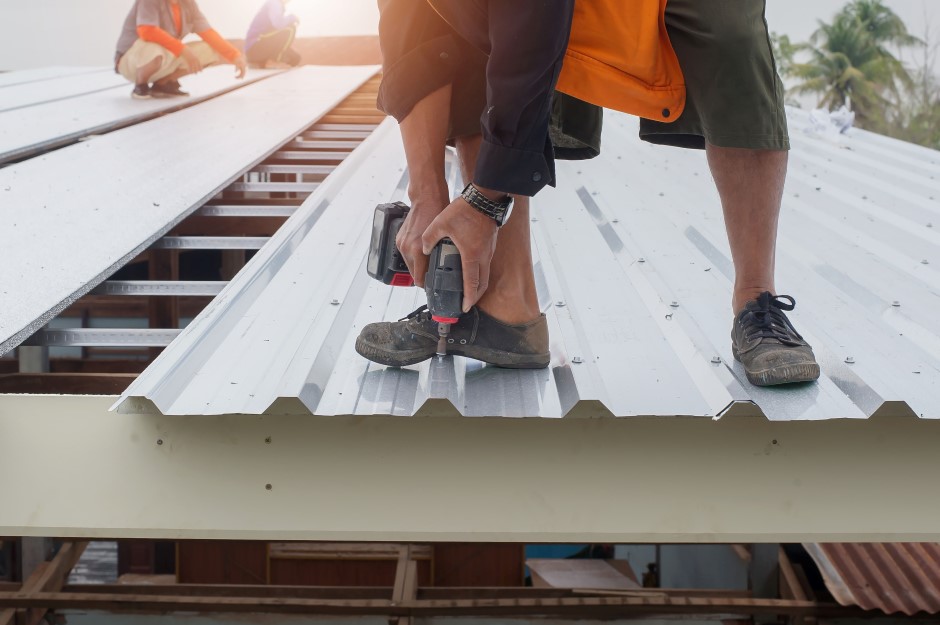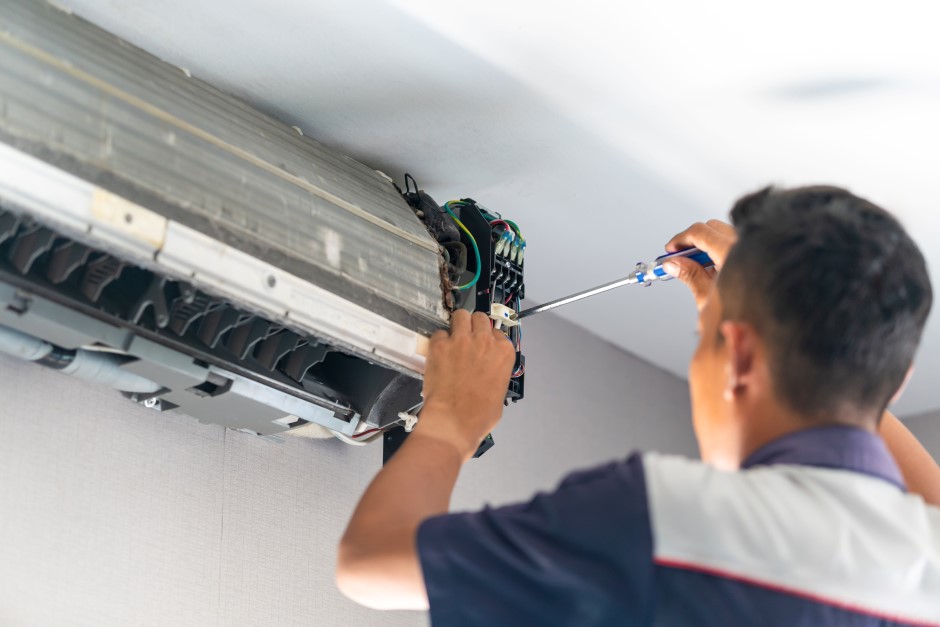Foundation cracks are usually an early indicator of serious damage. However, they’re not all the same. They may appear on basement walls and along the foundation but this doesn’t always mean that there’s an issue with the foundation per se.
It's still important to be on the safe side. If you notice that these cracks are appearing faster and growing bigger by the day, then you must call in an expert. The sad reality is that many homeowners are not able to identify these cracks or understand what they mean.
That’s why I’ll share some information with you so that you are better informed to diagnose any foundation problems in the future and get the right repair!
Is the Crack Normal or Dangerous?
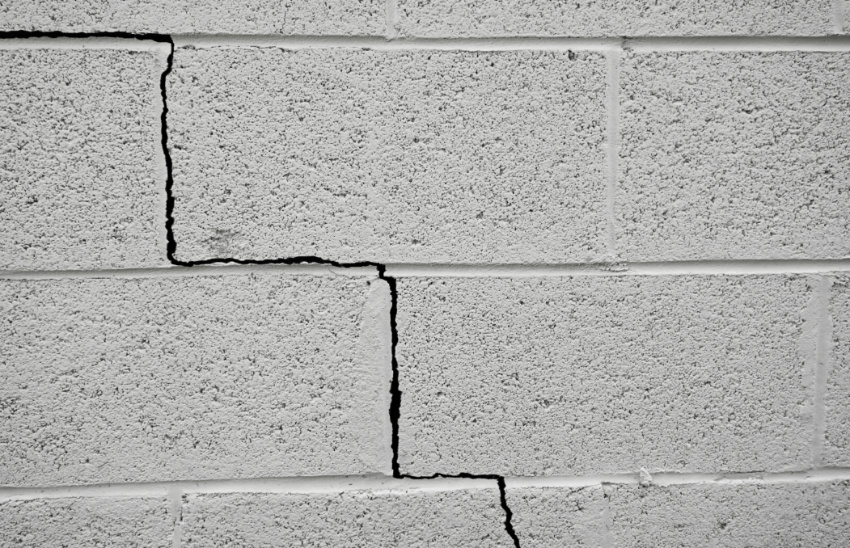
The biggest question that you will need to address as you try to diagnose foundation issues in your home is whether the cracks appearing on the basement walls are normal or dangerous. Remember that we have noted above that not all cracks suggest that the foundation is damaged.
A good rule is to monitor them carefully from the moment they appear. If after each day the cracks keep getting bigger, it could mean that there’s a bigger underlying issue that should be fixed.
In some cases, tracking the expansion of cracks just by memory may not be that easy. In that case, use pencil marks to track the development of these cracks for better accuracy.
Types of Foundation Cracks
There are also several different types of foundation cracks, and each has a very specific cause.
Here are the most popular ones:
Vertical and Diagonal Foundation Cracks
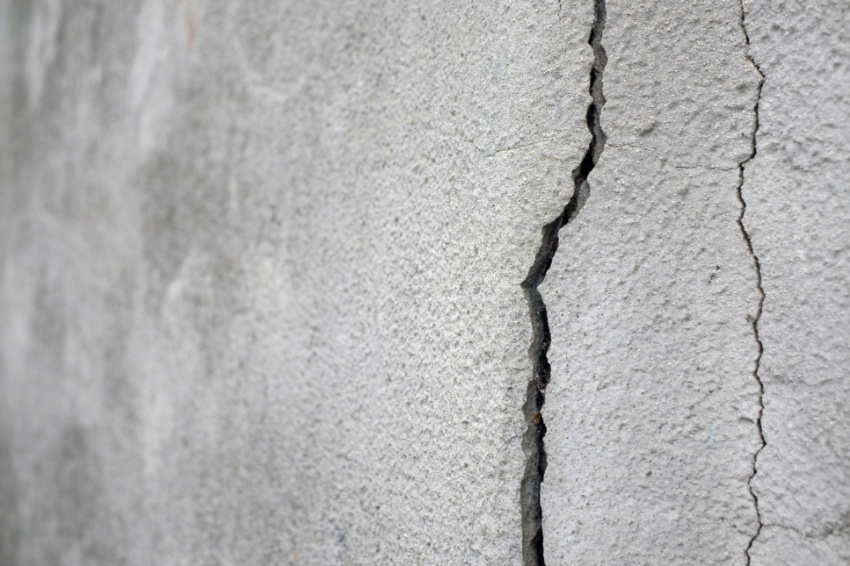
Vertical or diagonal cracks along the foundation wall are very common in new constructions. This is because new concrete will normally settle as it cures.
These cracks are also called shrinkage cracks, they are about 1/8 inches wide, and tend to appear mostly in middle section walls.
In cases where the cracks are thicker than 1.8 inches and are located closer to the corners than the center of the walls, it could mean that there are more problems to the foundation than just the sinking concrete. At this point, you can start thinking about the cost to repair crack in foundation.
Horizontal Foundation Cracks
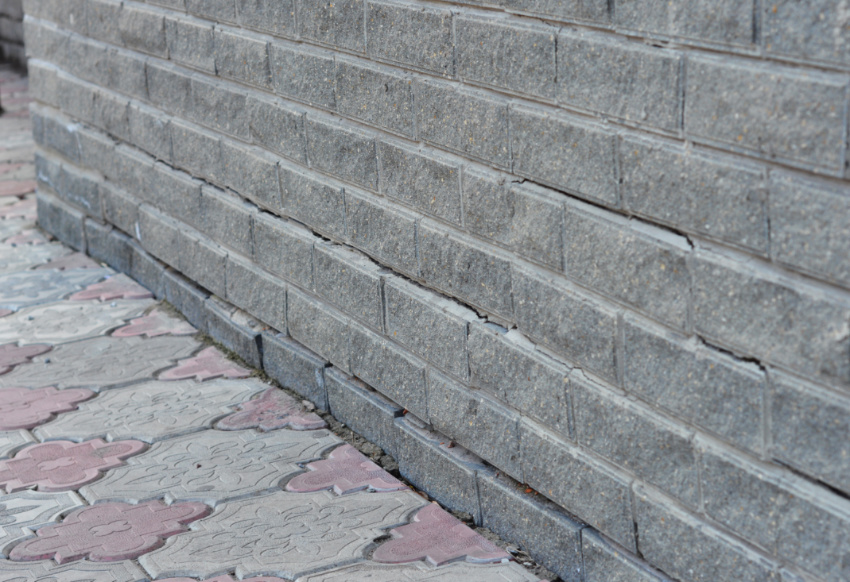
Horizontal cracks are very ominous and if you’re seeing them regularly, it suggests that there could be very serious issues with your foundation. These types of cracks are normally caused by hydrostatic or water pressure outside the foundation walls, and the buildup of this pressure is caused by many factors.
Even though foundations are normally designed to resist this pressure as much as possible, if the soil around the foundation becomes saturated with water, the walls won’t be able to hold out for long.
This saturation is caused by flooding or poor drainage. If horizontal cracks continue to grow bigger without any intervention, they will eventually lead to foundation failure, something that will put your home under significant risk of collapse and general structural failure.
How Do I Know My Foundation is Beyond Repair?
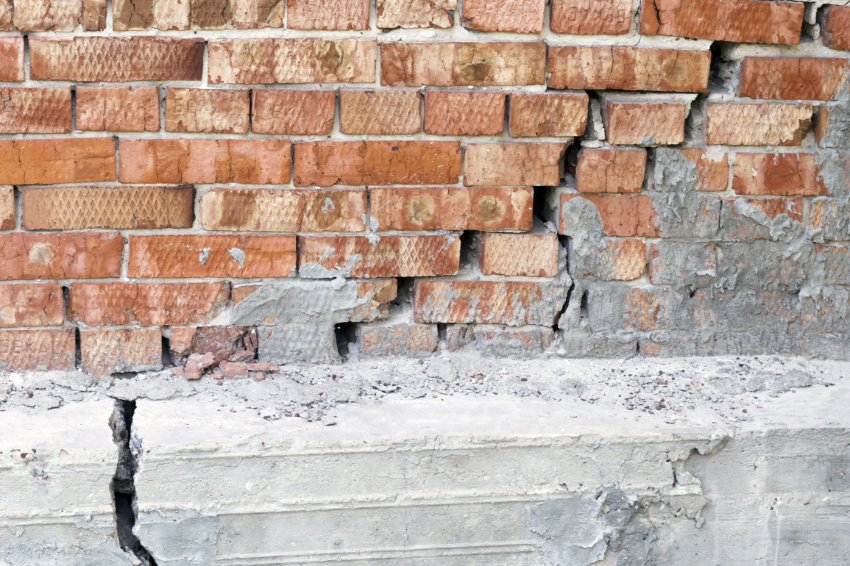
The key to a proper fix is to catch the problems early, but this isn’t always a guarantee.
So, how do you know your foundation is damaged beyond repair?
Here are a few indicators:
-
You may notice that the cracks change direction from where they started
-
The floors above the foundation grow weak and become visibly slopped
-
The cracks have become so wide that you can fit in a dime in there easily
-
The foundation walls are bulging because the water pressure around them is too high
-
The vertical foundation cracks grow larger at the top than at the bottom
If you discover any or more of the conditions above, call an inspector or good foundation repair companies immediately for a full assessment of all the underlying issues and suggestions on how you can fix them.
Need an estimate on foundation repair costs? Call a pro today and request a free quote!



